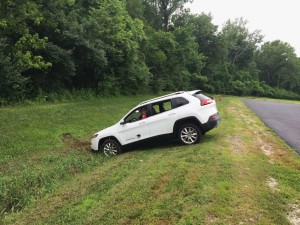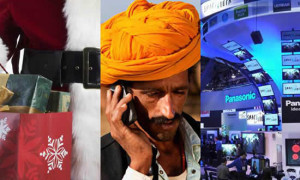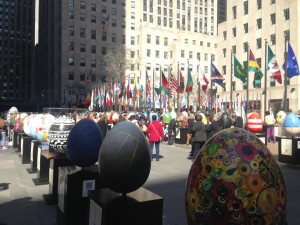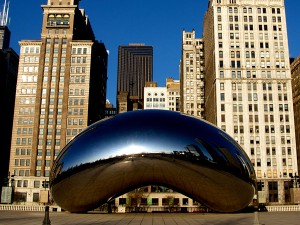3FER: Strange Mobile Bedfellows
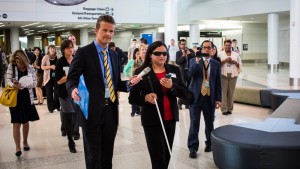
Our growing mobile habits have created strange bedfellows recently. They’re tracking our whereabouts. Hoping we kick our card swiping habits. And bringing dating to business. It’s been an odd few weeks.
[br]
#1: Beacons applied.
After three years of buzz, these Bluetooth low energy devices are starting to meet their promise. Big box and even small retailers have installed them for in-store engagement. Airports are using them to guide the visually impaired. And they’re even comping free sodas to moviegoers as they enter theaters. Here is a small taste of them in action:
Target Launches Beacon Test In 50 Stores, Will Expand Nationwide Later This Year (TechCrunch)
99 Ranch Market uncarts beacon-powered WeChat game for shoppers (Mobile Commerce Daily)
Indoor mapping lets the blind navigate airports (Smithsonian)
Coca-Cola has taken a step closer to using beacons to turn location-based marketing on its head (The Drum)
Imagining a beacon-filled world in Columbus, Georgia (Fast Company)
Apple, Google and the State of the Enterprise Beacon Market (Estimote)
[br]
#2: Apple Pay ain’t.
A year ago, banks raced to adopt Apple Pay. Many retailers were boasting their acceptance. And even the US Postal Service was trying to share in the Apple’s limelight. There’s one key group that isn’t all that excited about this mobile wallet: users. iPhone users aren’t making Apple Pay a habit:
Apple Pay Declining Use (Pymnts)
[br]
#3: Forbes does dating.
We’ve spent billions hoping to connect with others. The most recent dating darling is the app, Tinder, where users swipe left or right on the hunt for the next mate. America’s venerable business bible is hooking up with Tinder to target twenty-something professionals:
Forbes Taps Tinder To Launch ‘Under 30’ Network (MediaPost)
Forbes blends LinkedIn, Tinder formats in exclusive mobile networking community (Mobile Marketer)
[br]
(Photo Credit: SFO)

